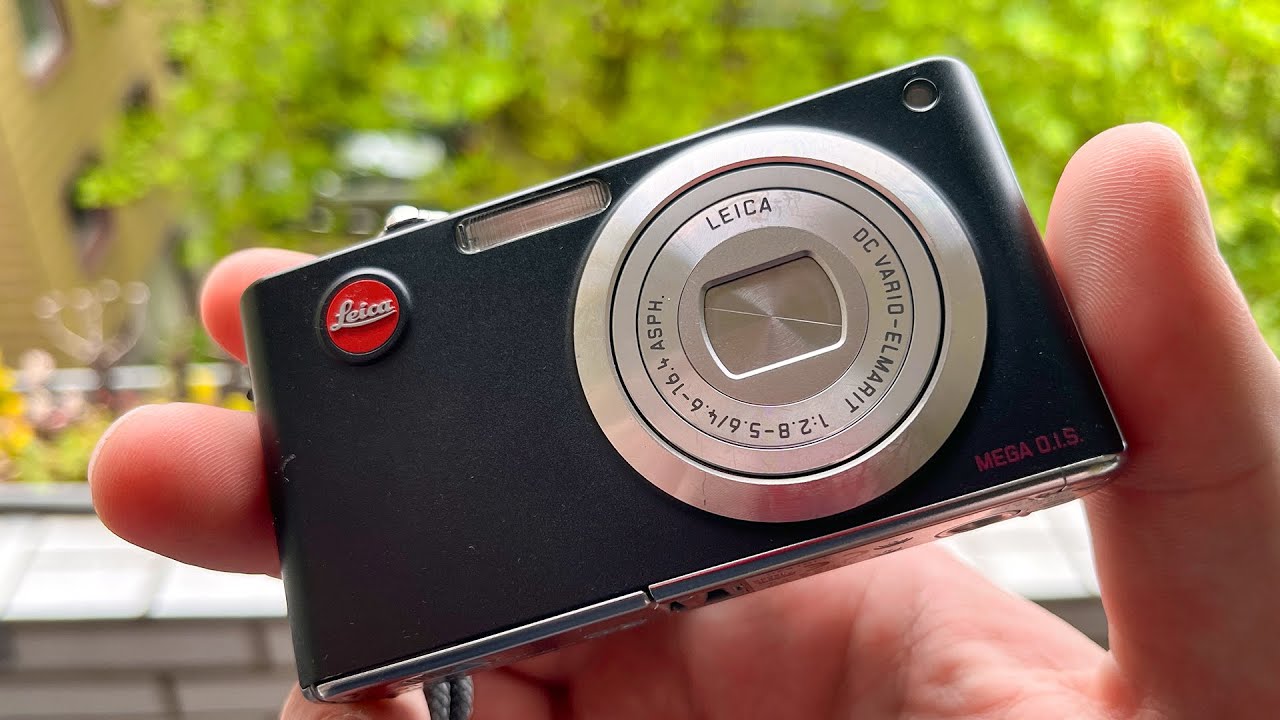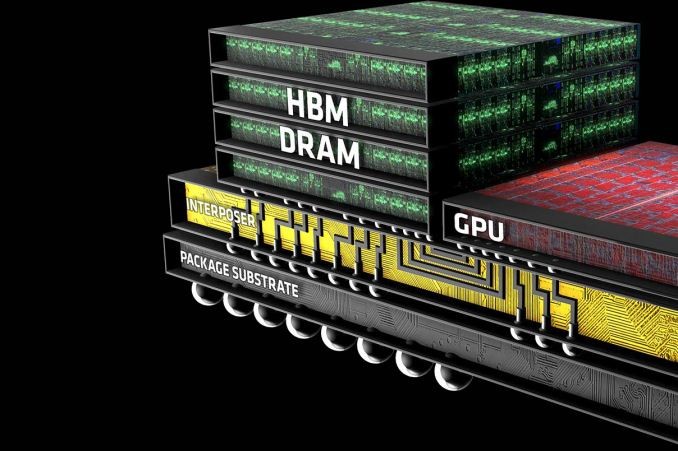1. Introduction
For those who appreciate timeless design and premium optics, the Leica Mega 0.1 5 digital camera is a compact gem worth exploring. Officially known as the Leica D‑Lux 5, it earned its quirky nickname thanks to its 10.1 megapixel sensor—a detail that became shorthand for enthusiasts who affectionately refer to it as the “Mega 0.1 5”. But this camera is much more than just numbers. It represents Leica’s commitment to delivering a high-quality compact that puts powerful image-making into your pocket.
Whether you’re a seasoned Leica fan or a curious beginner, this guide will help you understand what makes the Leica Mega 0.1 5 digital camera special, how it works, and whether it’s still worth owning in today’s world of ever-evolving digital photography.
2. Historical Context & Release
Back in September 2010, Leica Camera AG unveiled the D‑Lux 5. This model came out as part of Leica’s partnership with Panasonic, which produced the almost identical Panasonic LX5. The difference? Leica added its signature red dot branding, premium finishing touches, and a customized firmware look to deliver that distinct Leica feel.
The Leica Mega 0.1 5 digital camera quickly became popular among travelers, street photographers, and anyone seeking a discreet, capable camera that didn’t compromise on style or image quality.
3. Design & Build
One of the most loved aspects of the Leica Mega 0.1 5 digital camera is its understated, classic design. With its slim, black body and minimalist lines, the D‑Lux 5 feels solid in hand while staying compact enough for pockets or small bags. It measures roughly 110mm wide, 66mm high, and 43mm deep, with a weight around 271 grams—lightweight but sturdy.
Many owners praise the well-laid-out controls. The top plate has a clear mode dial, a shutter button with a tactile feel, and an intuitive click-wheel that makes adjusting settings a breeze. There’s also an optional handgrip and attachable electronic viewfinder for those who want a more traditional shooting experience.
4. Lens & Optical Performance
The lens on the Leica Mega 0.1 5 digital camera is one of its best features. It’s a fast DC Vario-Elmarit zoom with an equivalent focal length of 24–90mm and a bright aperture range of f/2.0–3.3. For a compact camera, this means you get good performance in low light and plenty of flexibility, from wide landscapes to closer portraits.
The built-in optical image stabilization helps reduce blur when shooting handheld, especially in dim environments. Macro fans will appreciate the close-focus ability—objects can be captured clearly from just 1cm away, adding creative possibilities for detail shots.
📊 Lens & Optical Specs Table
| Feature | Specification |
|---|---|
| Focal Length | 24–90mm equivalent |
| Maximum Aperture | f/2.0 (wide) – f/3.3 (tele) |
| Optical Stabilization | Yes |
| Macro Focus | From 1cm |
5. Sensor & Image Quality
Inside the Leica Mega 0.1 5 digital camera is a 1/1.63” CCD sensor that delivers 10.1 effective megapixels. While this might seem modest compared to today’s high-MP cameras, it’s perfectly capable of producing beautiful, crisp images with Leica’s signature color rendering.
The camera supports RAW shooting, which means you can edit your photos later without losing image detail. The ISO range covers 80–3,200 in native mode and can extend up to 12,800, although it’s best to stay below ISO 1,600 for cleanest results.
6. Focusing & Shooting Modes
Shooting with the Leica Mega 0.1 5 digital camera is straightforward yet flexible. The camera uses a contrast-detection autofocus system with 23 focus points, offering single AF, continuous AF, or face detection. For burst shooting, you can expect about 2.5 frames per second at full resolution or up to 10 fps at reduced resolution, which is useful for capturing quick action.
You also get full manual controls, including Program (P), Aperture Priority (A), Shutter Priority (S), and Manual (M) modes. Exposure compensation up to ±3 EV lets you fine-tune shots easily.
7. Display & Optional Viewfinder
On the back, you’ll find a clear 3-inch LCD screen with 460,000 dots—sharp enough for reviewing photos and navigating menus. Although the display is fixed (not tiltable), Leica offered an optional electronic viewfinder that attaches via the hot shoe, giving photographers who prefer an eye-level shooting experience more versatility.
8. Video Recording
Beyond still photos, the Leica Mega 0.1 5 digital camera can record HD video at 720p in AVCHD Lite or Motion JPEG formats. While the video specs won’t replace a modern 4K camera, it’s handy for capturing spontaneous clips on trips or family moments. The one-touch video record button makes it easy to switch from stills to video instantly.
9. Storage & Connectivity
For storage, the camera uses SD, SDHC, or SDXC cards. There’s also a small 40MB of internal memory, but it’s more of a backup than practical storage. On the connectivity side, you get a USB 2.0 port for file transfers and an HDMI output for viewing photos on larger screens. Keep in mind that the Leica Mega 0.1 5 digital camera does not include Wi-Fi or GPS—common in modern models but less expected in 2010.
10. Battery Life & Power
Powering the Leica Mega 0.1 5 digital camera is the BP-DC10 rechargeable lithium-ion battery. Expect about 400 shots per charge with moderate use—more than enough for a day’s casual shooting. Many users recommend keeping a spare battery handy if you’re traveling and plan to shoot lots of RAW or video.
11. Real-World Performance
In real-world use, the Leica Mega 0.1 5 digital camera shines for everyday moments, street scenes, travel snapshots, and even macro photography. Users often mention the pleasing colors, sharpness from the premium lens, and how easy it is to carry around compared to a bulky DSLR.
While its autofocus isn’t the fastest by modern standards, and high ISO shots can show some noise, the overall experience remains rewarding. The camera encourages thoughtful, deliberate shooting—something Leica enthusiasts truly value.
12. Pros & Cons
Like any camera, the Leica Mega 0.1 5 digital camera has its strengths and quirks. On the plus side, you get classic Leica styling, a fast, sharp lens, RAW capability, and a travel-friendly form. Downsides include its older CCD sensor’s limitations in very low light, lack of modern wireless features, and a slower burst speed compared to today’s compacts.
✅ Pros
- Premium Leica lens with fast aperture
- Classic, pocket-friendly design
- RAW shooting for creative editing
- Optical image stabilization
❌ Cons
- No Wi-Fi or GPS
- Modest ISO performance above 1600
- Fixed LCD, no flip screen
- Aging autofocus speed by modern standards
13. Market Value & Buying Tips
As of today, you can find the Leica Mega 0.1 5 digital camera on the secondhand market for about $400–$800 USD, depending on condition and included accessories. Be sure to check that the lens is free of scratches, the screen is clear, and the battery holds a charge. A complete kit with original box and charger often has more value for collectors.
14. Alternatives to Consider
If you love the idea of a premium compact but want something newer, look at the Leica D‑Lux 7 or the Panasonic LX100 series. Both keep the spirit of the Leica Mega 0.1 5 digital camera alive but add bigger sensors, 4K video, and modern connectivity.
15. Who Should Buy It?
The Leica Mega 0.1 5 digital camera remains an excellent pick for travelers, street photographers, or anyone who wants to experience Leica’s charm without the price of a full-frame rangefinder. Its mix of portability, manual controls, and distinctive look make it a beloved classic.
16. Conclusion
Even today, the Leica Mega 0.1 5 digital camera proves that great design and thoughtful simplicity never go out of style. If you want a beautiful, compact companion that encourages you to slow down and see the world with fresh eyes, this timeless Leica is ready to come along for the ride.
Other Articles
Integrating Zmodo Cameras with Scrypted and Shinobi CCTV
Expensive Camera Lenses Bart JKN
Wando Inbound Camera: A Complete Guide for Drivers and Port Users











Leave a Reply